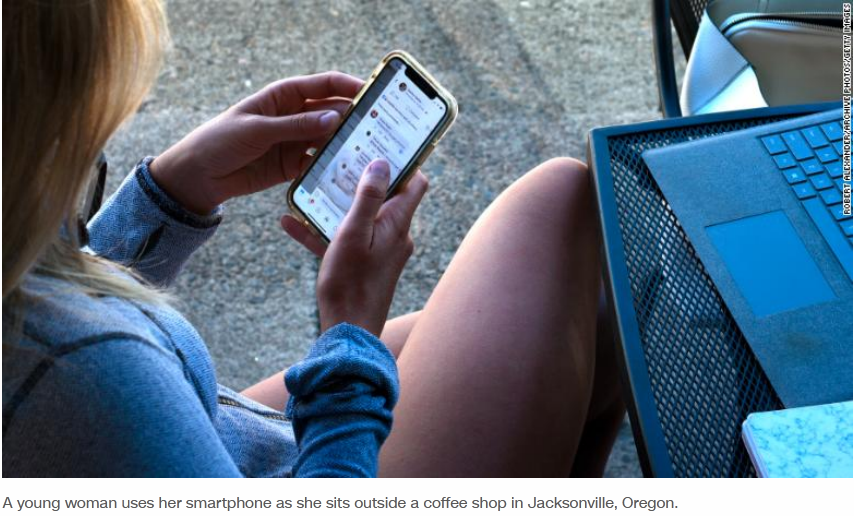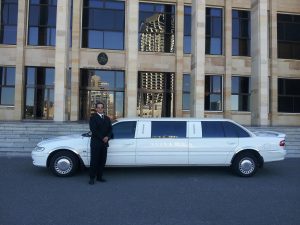Instagram is developing applications to verify the ages of its youngest users, such as by using artificial intelligence that analyzes a picture and estimates the user’s age.
Instagram announced Thursday that it is testing new methods to verify users’ ages on its photo-sharing site. Users will be required to use one of the methods to verify their age if they edit their birth date on Instagram from under age 18 to over 18. The company is testing these methods first with its users in the United States. It already requires users to state their age when they start using the service, and employs other forms of artificial intelligence to determine if users are kids or adults.
The move is important for a continuous push to ensure the photograph sharing application’s most youthful clients see content that is age-suitable. It comes under a year after exposures from a Facebook informant raised worries about the stage’s effect on more youthful clients. Last year, Instagram experienced harsh criticism when archives spilled by the informant, Frances Haugen, showed it knew about how the virtual entertainment site can harm emotional wellness and self-perception, especially among high school young ladies.
The innovation comes from a London-based organization called Yoti. An energized video that Instagram presented on its blog gives a sense for how Yoti’s AI age-assessment functions: A client is coordinated to take a video selfie on their cell phone (Yoti said this step fills in as a manner to ensure a genuine individual is in the subsequent picture), and Instagram shares a picture from that selfie with the organization. Yoti’s AI initially recognizes that there is a face in the image and afterward examines its facial elements to decide the individual’s age.
Julie Dawson, Yoti’s central strategy and administrative official, let CNN Business know that its AI was prepared with a dataset comprised of pictures of individuals’ countenances alongside the year and month that individual was conceived. (Documentation the organization delivered in May to make sense of its innovation said it was prepared on “a great many different facial pictures.”)
“At the point when another face goes along, it does a pixel-level examination of that face and afterward lets out a number — the age assessment with a certainty esteem,” Dawson said. When the assessment is finished, Yoti and Instagram erase the selfie video and the still picture taken from it.
Confirming a client’s age can be a vexing issue for tech organizations, to some degree since a lot of clients might not have an official picture ID card that can be checked.
Karl Ricanek, a teacher at the University of North Carolina Wilmington and overseer of the school’s Face Aging Group Research Lab, believes Yoti’s innovation is a decent utilization of AI.
“It’s a beneficial undertaking to attempt to safeguard kids,” he said.
However while such innovation could be useful to Instagram, various variables can make it interesting to precisely gauge age from an image, Ricanek said, including pubescence — which changes an individual’s facial design — as well as complexion and orientation.
By and large, somewhat less exact at assessing the times of children who are between 13 to 17 and have hazier complexions than those with lighter complexions. By and large, by 1.91 years for females ages 13 to 17 whose complexions were classified as the two haziest shades on the Fitzpatrick scale — a six-conceal scale that is normally utilized by tech organizations to characterize shades of skin — versus a typical mistake of 1.41 years for females in a similar age bunch whose complexions were the two lightest shades on the scale. Overall, as per the record. (For young people generally speaking, the normal blunder rate is 1.52 years.)
What that implies, by and by, is that there will be a great deal of blunders, said Luke Stark, an associate teacher at Western University in Ontario, Canada, who concentrates on the moral and social ramifications of AI. “We’re actually taking about a mean outright mistake, one way or the other, of a year to 18 months,” he said.
A few CNN representatives — all grown-ups beyond 25 a years old attempted an internet based demo of Yoti’s age-assessment innovation (the demo is as yet recorded on Yoti’s site, however the connection presently not functioned starting around Monday evening). The demo contrasts from the experience Instagram clients will have in that it takes a selfie, as opposed to a brief video, and the outcome is an age-range assessment, instead of a particular age assessment, Yoti’s head showcasing official, Chris Field, said.
The outcomes differed: For several journalists, the assessed age range was accurate, however for others it was off by numerous years. For example, it assessed one supervisor was between the ages of 17 and 21, when they’re in their mid-30s.
Among different issues, Stark is additionally worried that the innovation will add to alleged “reconnaissance creep.”
“It’s absolutely dangerous, in light of the fact that it conditions individuals to accept at least for now that they will be surveilled and surveyed,” he said.








